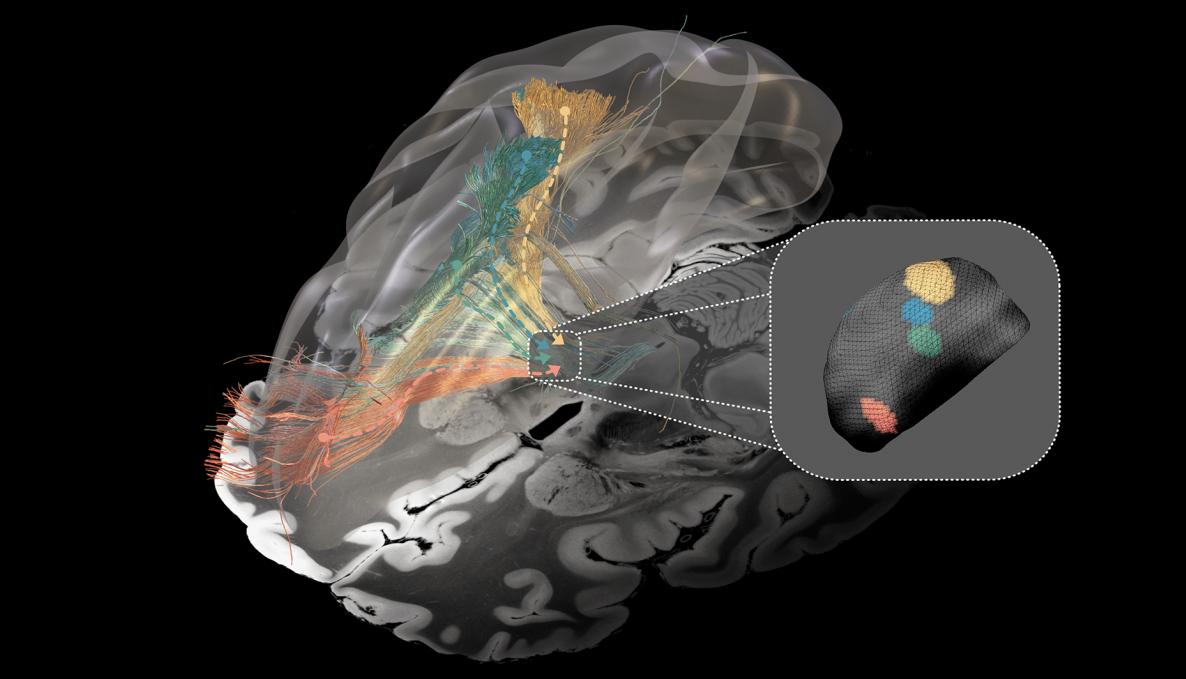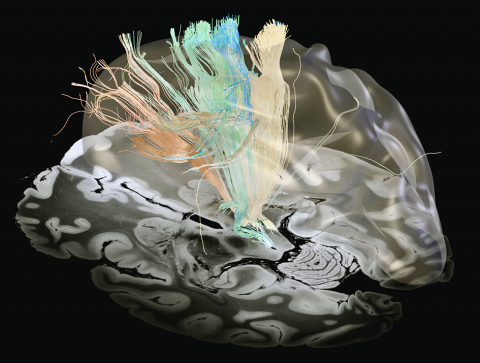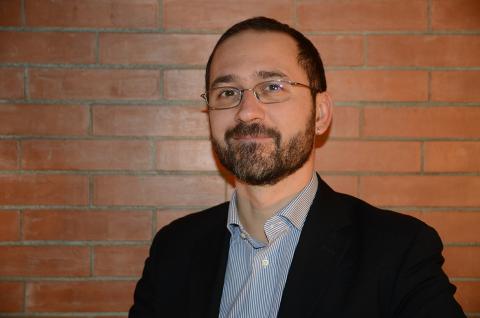Neuroscience, a new map of brain connections to aid treatment of diseases such as Parkinson's disease, Tourette's syndrome and dystonia

When certain connections in the brain do not function correctly, disorders such as Parkinson’s disease, dystonia, obsessive-compulsive disorder (OCD), and Tourette’s syndrome may result. Deep Brain Stimulation (DBS) is a technique that has been used for years to treat this type of disease. All these diseases can be treated by stimulating one key area of the brain: the subthalamic nucleus. To understand how this was possible, a team led by scientists from the Charité di Berlino and Brigham and Women’s Hospital di Boston put together scientific research carried out in recent years by various research groups around the world on deep brain stimulation therapies on more than 500 patients. The result is a unique map of disrupted brain networks that has now been published in Nature Neuroscience. This map not only clarifies which connections are involved in each disease (or in more than one disease), but will be used in the future to understand which areas need to be stimulated to heal it.
The BioRobotics Institute's contribution to Tourette Syndrome
Neurological and neuropsychiatric disorders present with a broad spectrum of different symptoms, from mood and information processing disorders to motor deficits. But they do have one thing in common: They are all attributable to malfunctioning connections between specific regions of the brain. In simplified terms, when brain circuits become dysfunctional, they may act as brakes on the brain functions that the circuit usually carries out.
For years, the Laboratory of Computational Neuroengineering at the BioRobotics Institute of the Scuola Superiore Sant'Anna, coordinated by researcher Alberto Mazzoni, has been working on the neuronal activity associated with Tourette syndrome in the subthalamic nucleus, the connection between which was hitherto unclear.
"Together with colleagues at the Carlo Besta Neurological Institute, we went to see the activity of neurons in different areas of the nucleus and studied the link between this activity and the outcome of deep brain stimulation therapies with regard to the reduction of Tourette's-associated tics. These results were given a second life when we used them to contribute, together with leading groups from around the world, to draw the large atlas of connections of the effects of nucleus stimulation on various parts of the brain that was published in Nature Neuroscience" says Alberto Mazzoni.





